Results
-
 £86.00
£86.00Postcard From Petra - Dirk Brossé
Sir Dirk Bross, music director at the Philadelphia Chamber Orchestra, is a versatile composer of orchestral and symphonic repertoire, chamber music, film & musical. His compositions are performed worldwide by the most prominent orchestras and soloists. About the new series of 10 "Musical Postcards" for wind band, Dirk says the following: "Composing is a commitment; it is my life's mission. For me composing means creating a vacuum around myself and allowing myself to be submerged by impressions. It is a continual struggle between fantasy and reality, between dream and reality. Out of chaos of sounds and emotions I try to order my thoughts by juggling shreds of melodies, original chords, striking sound colours and alternating rhythms. Melody, harmony, rhythm and sound colours are finally balanced to generate a harmonious universe. This series of ten 'Musical Postcards' are a reflection of my travels, thoughts, discoveries and musical career so far, which has brought me around the globe. I look forward to you joining me on this voyage of discovery..."
Estimated dispatch 7-14 working days
-
 £76.40
£76.40Postcard from Beijing - Dirk Brossé
Sir Dirk Bross, music director at the Philadelphia Chamber Orchestra, is a versatile composer of orchestral and symphonic repertoire, chamber music, film & musical. His compositions are performed worldwide by the most prominent orchestras and soloists. About the new series of 10 "Musical Postcards" for wind band, Dirk says the following: "Composing is a commitment; it is my life's mission. For me composing means creating a vacuum around myself and allowing myself to be submerged by impressions. It is a continual struggle between fantasy and reality, between dream and reality. Out of chaos of sounds and emotions I try to order my thoughts by juggling shreds of melodies, original chords, striking sound colours and alternating rhythms. Melody, harmony, rhythm and sound colours are finally balanced to generate a harmonious universe. This series of ten 'Musical Postcards' are a reflection of my travels, thoughts, discoveries and musical career so far, which has brought me around the globe. I look forward to you joining me on this voyage of discovery..."
Estimated dispatch 7-14 working days
-
 £89.99
£89.99The Machine Awakes (for Band Plus Electronics) - Steven Bryant
The Machine Awakes is the sound of something not human (but of humans hands) - something not entirely organic, but most definitely alive - waking up for the first time. From the opening swirling textures, we sense the firsthesitant sparks of thought, attempting to find form and coherence. This new machine comes fully awake, possessed of emphatic self-determination and purpose. The Machine Awakesgives ensembles with a wide range of technical abilitythe opportunity to experience the meshed sound world of electronic sounds and acoustic instruments. The set comes with optional parts for more advanced players. Dur: 5:00
Estimated dispatch 7-14 working days
-
 £104.99
£104.99Do Not Go Gentle Into That Good Night - Elliot Del Borgo
The Dylan Thomas poem Do Not Go Gentle into That Good Night was the motivation for this musical composition. While not a programmatic depiction of the poem, the work attempts to recreate the essence of the poem in sound. Theopening motive, representative of the life force, permeates much of the work. The use of sound layers - in the form of polytonal hymns - calls to mind the struggles and persistence of the human spirit and its refusal to go gentle.A substantial and dramatic work for mature ensembles. Dur: 11:15 (Grade 5)
Estimated dispatch 7-14 working days
-
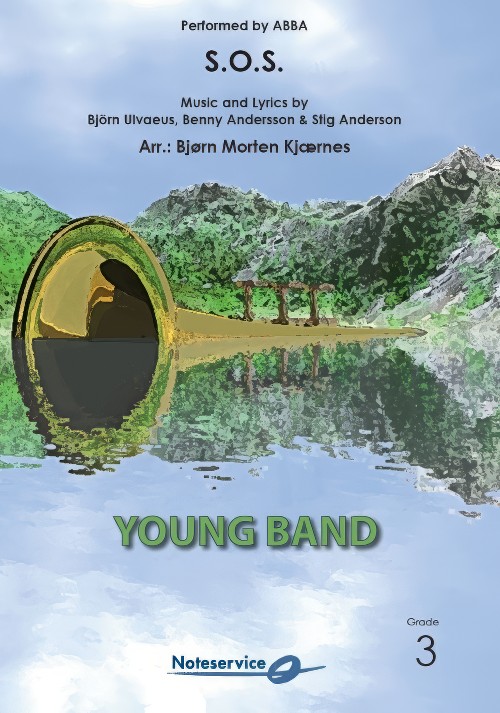 £73.00
£73.00S.O.S. (Concert Band - Score and Parts) - Kjaernes, Bjorn Morten
When the publisher asked me to make an arrangement of an ABBA tune, S.O.S. was the first song I thought of. Its introduction and melody are well suited to play for Wind Band. Admittedly, the key had to be shifted to make it sound good for this instrumentation. To me, this is nostalgia, while for others, the Mamma Mia movie/show will be what they associate with this wonderful song. Apart from a few medleys, few of ABBA's songs are available to Wind Band. So, it was very fun to work on this classic.The arrangement is made quite simply to fit many sizes of bands. Technically, it is also relatively simple both in range and rhythm. As you can see, there are many ways to adjust this arrangement to your own ensemble. Bring out melody lines and the bassline, and a lot is done. If needed, simplify to make it sound nice.Get creative and have fun!- Bjorn Morten KjaernesDuration: 3.30
Estimated dispatch 7-14 working days
-
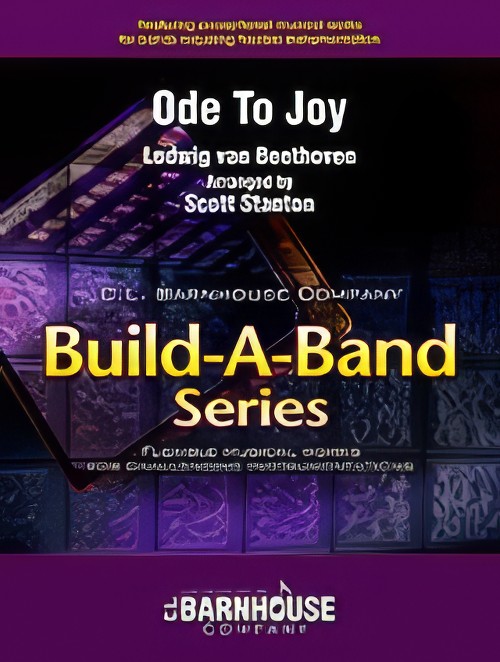 £60.00
£60.00Ode to Joy (Flexible Ensemble - Score and Parts) - Beethoven, Ludwig van - Stanton, Scott
Your band will sound BIG on this setting of "Ode To Joy" scored especially for bands with limited or unbalanced instrumentation. As conductor, you get to create a unique band sound using the strengths of your instrumentation and following the suggested flexible interplay between sections. All players will appreciate that they get to share the melodic spotlight. Optional parts for guitar, piano, bass and percussion can be utilized to fill in the band using the Build-A-Band format. This flexible system of scoring really works! A good choice for a massed band of elementary, middle and high school musicians. First class! Duration: 2.45
Estimated dispatch 7-14 working days
-
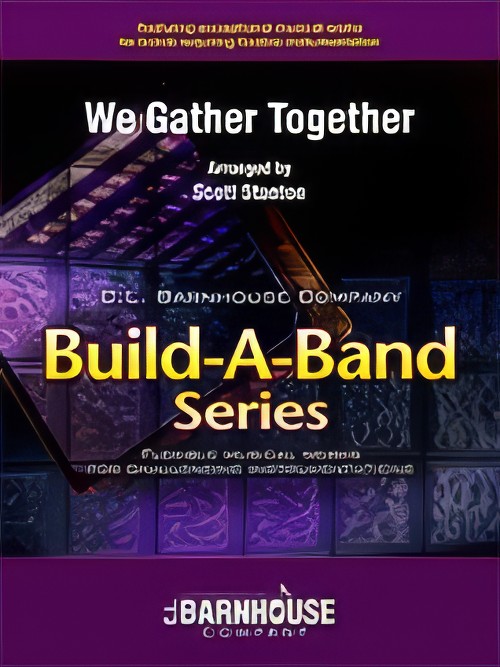 £60.00
£60.00We Gather Together (Flexible Ensemble - Score and Parts) - Kremser, Eduard - Stanton, Scott
The famous Dutch hymn "We Gather Together" is scored for small bands with limited instrumentation, but will sound great with bands of all sizes! Dedicated to the Frontline Responders and Essential Workers who keep us safe, this is the perfect "welcome back" piece for both the band and your returning audience. With "Build-A-Band scoring, you get to create unique sounds using the strengths of your instrumentation, and by following the suggested flexible interplay between sections. This beautiful arrangement includes optional vocal parts for performers and/or audience. Piano, bass, guitar and percussion can strengthen your sound as well. Flexible works wonders, and it's perfect for distance learning situations! Duration: 3.30
Estimated dispatch 7-14 working days
-
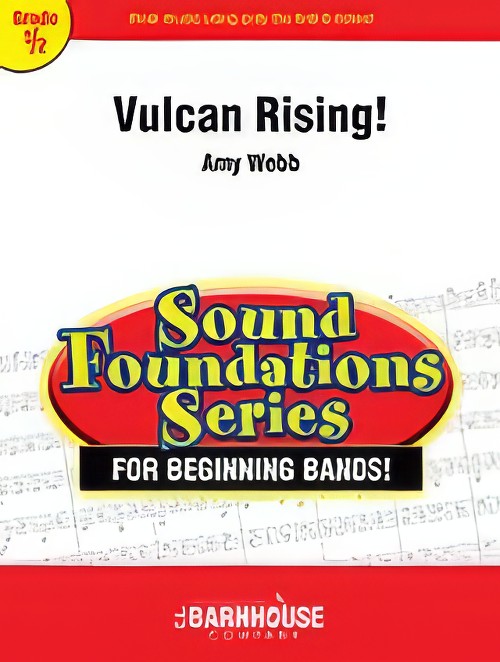 £45.00
£45.00Vulcan Rising! (Concert Band - Score and Parts) - Webb, Amy
Vulcan Rising! will make your budding instrumentalists sound like real pros! Vulcan, the Roman god of fire, volcanoes, and smithing, is depicted in music as he rises from the ashes of the mountains and appears in his awesomeness before the people of Rome. How great will this sound on your students' first concert! Exciting music for your first-year band! Duration: 1.20
Estimated dispatch 7-14 working days
-
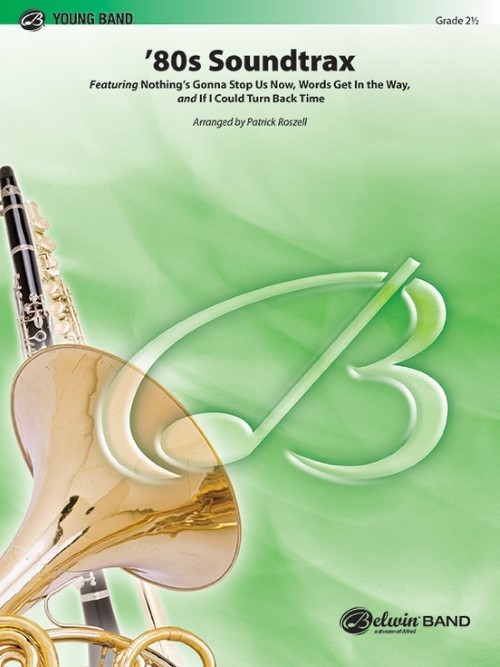 £67.00
£67.0080s Soundtrax (Concert Band - Score and Parts) - Roszell, Patrick
Big hair and big hits, the '80s had a sound of its own. '80s Soundtrax presents three big hits from the decade: Nothing's Gonna Stop Us Now; Words Get in the Way; If I Could Turn Back Time. Put on your whitewashed jeans and grab your walkman for a stroll down memory lane! Featuring the works of Starship, Gloria Estefan with the Miami Sound Machine, and Cher. Duration: 4:30
Estimated dispatch 7-14 working days
-
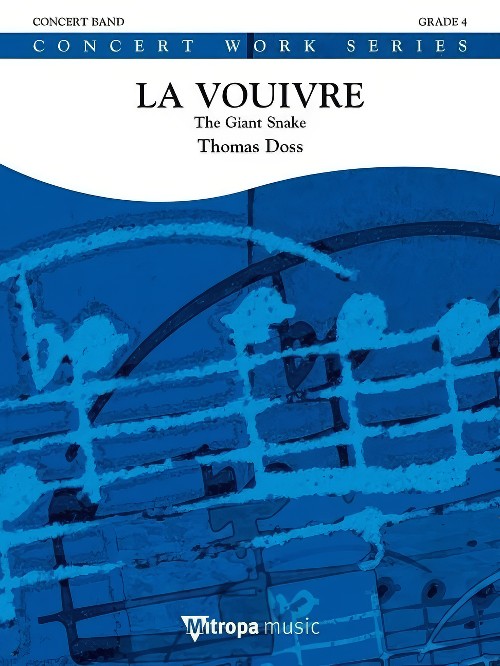 £174.99
£174.99La Vouivre (The Giant Snake) (Concert Band - Score and Parts) - Doss, Thomas
This spectacular work is based on the legend of La Vouivre - the giant snake. Suitable as a contest or concert piece, La Vouivre is full of sounds effects such as the sound of a snake, as well as short vocal tutti segments. Due to its expressive and dramatic nature, this musical symphonic poem is a true masterwork. This spectacular work is based on the legend of La Vouivre - the giant snake. Suitable as a contest or concert piece, La Vouivre is full of sounds effects such as the sound of a snake, as well as short vocal tutti segments. Due to its expressive and dramatic nature, this musical symphonic poem is a true masterwork.Duration: 14:30
Estimated dispatch 7-14 working days
